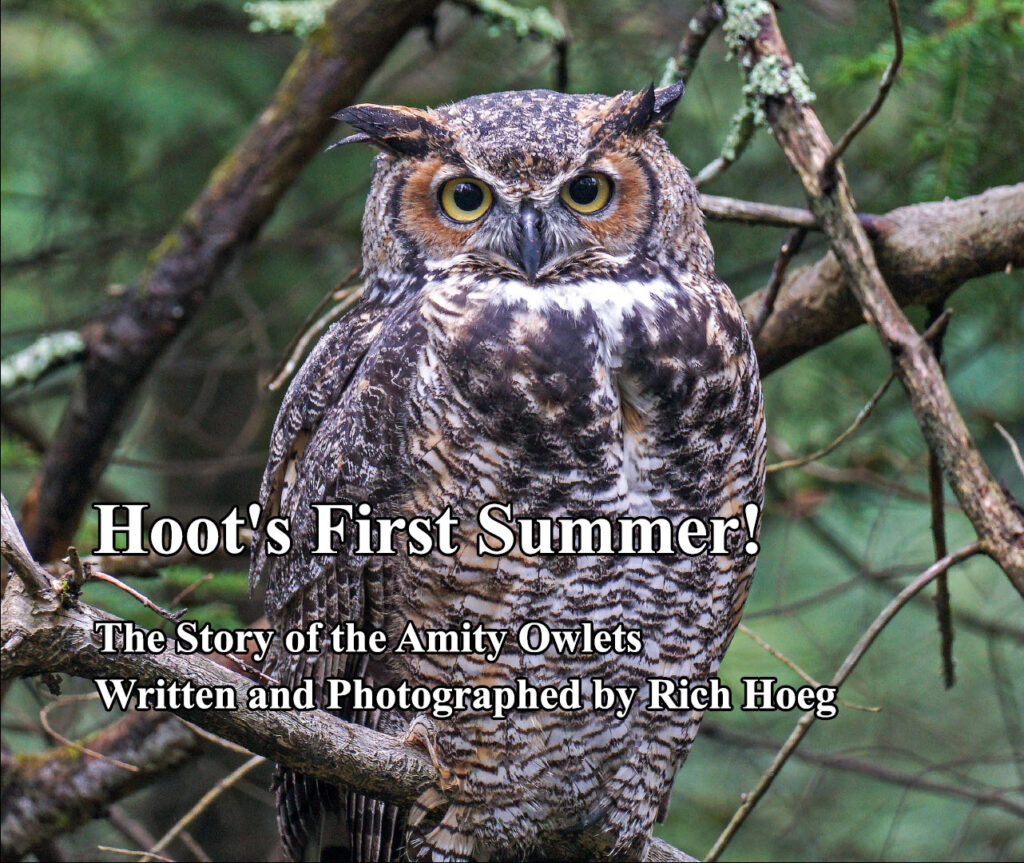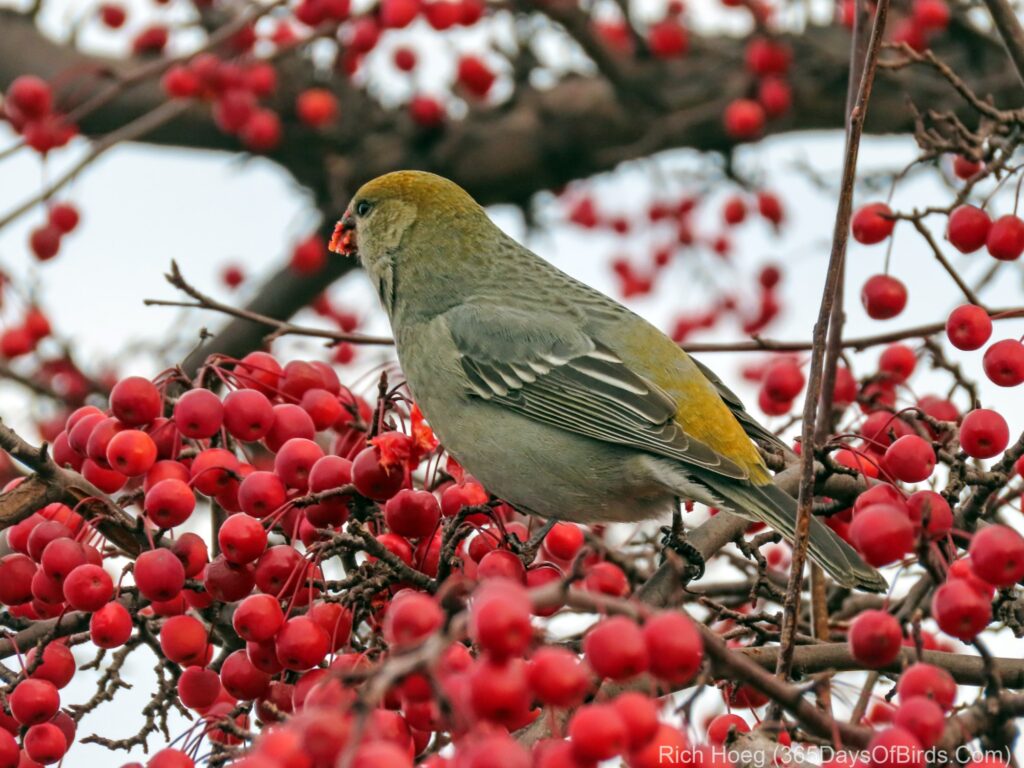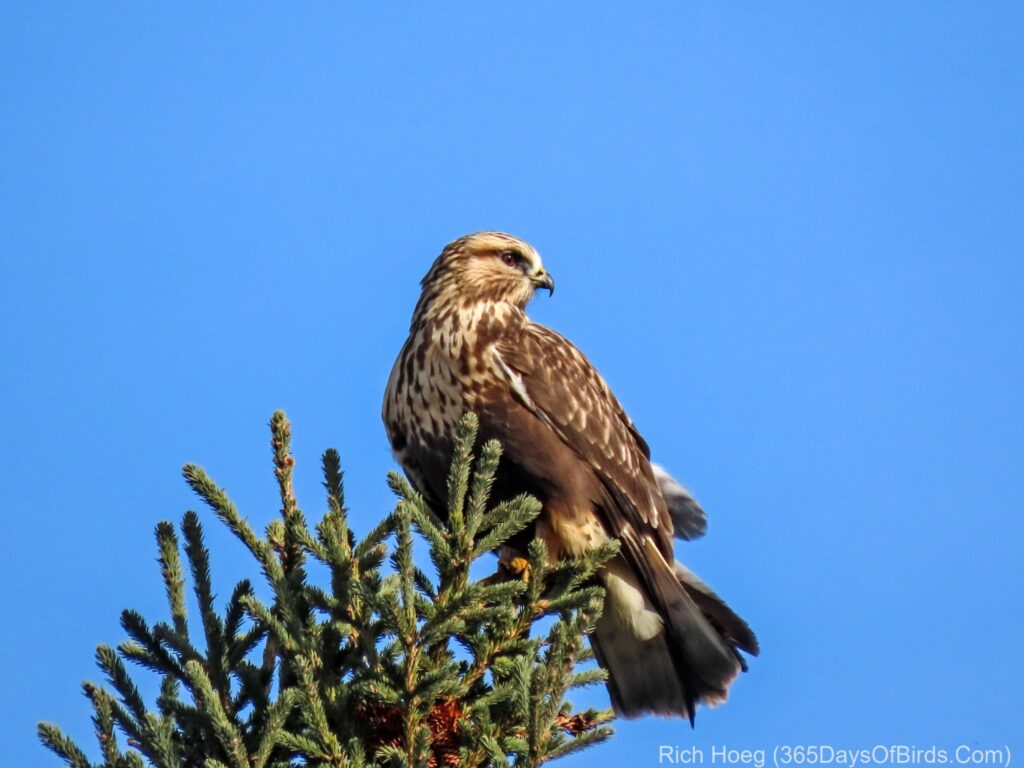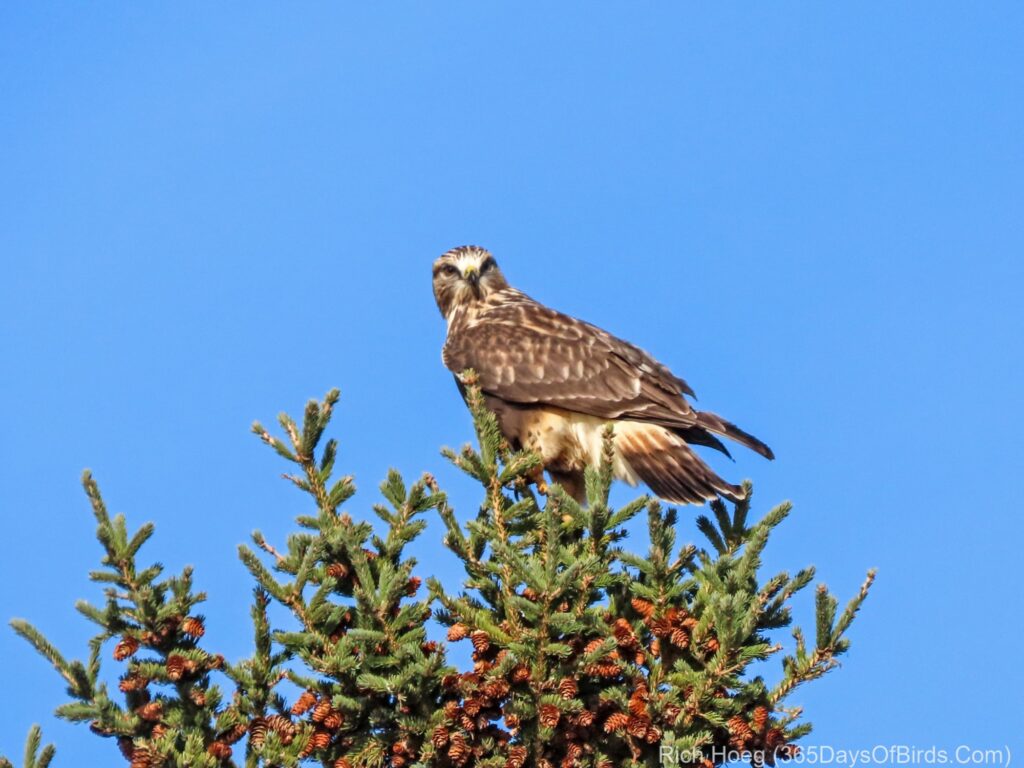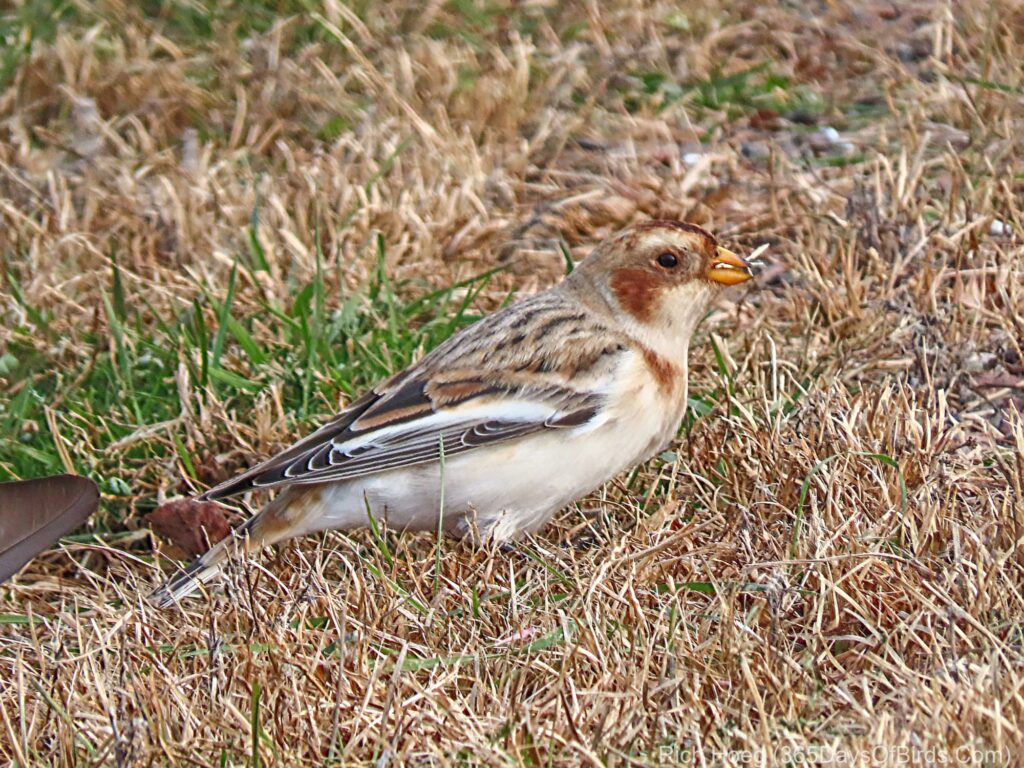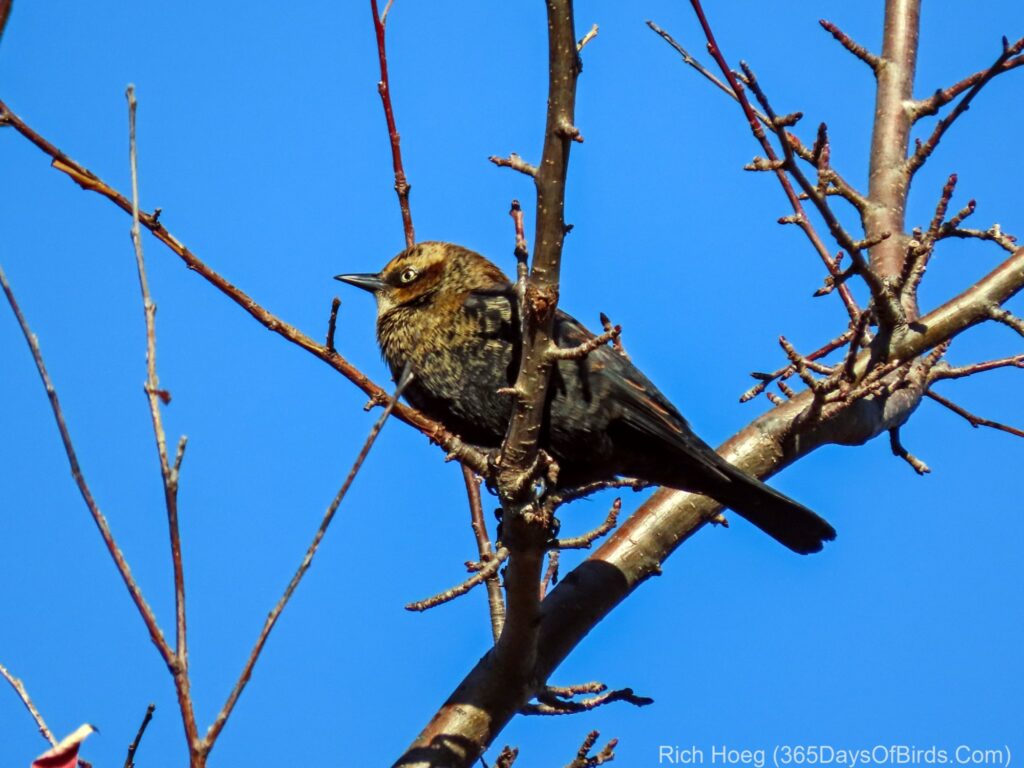Before my unexpected vacation in the hospital, I was hard at work at a summer update on the Great Horned Owl family. I hope you enjoy Hoot’s First Summer! The book was not strictly speaking created to be a children’s picture book, but I am certain people of all ages will enjoy the story of the triplet’s first summer.
This book is ONLY available as a free PDF. Printed copies are not available. Thus, the book is a gift from Hoot to you! Enjoy. Don’t miss the video’s beneath the photograph of Hoot.
Hoot panting to beat the Heat on a 90+ Fahrenheit day. (link for email subscribers)
Hoot begging for food outside my bedroom window at 3 am (link for email subscribers)
Crows! (link for email subscribers)
